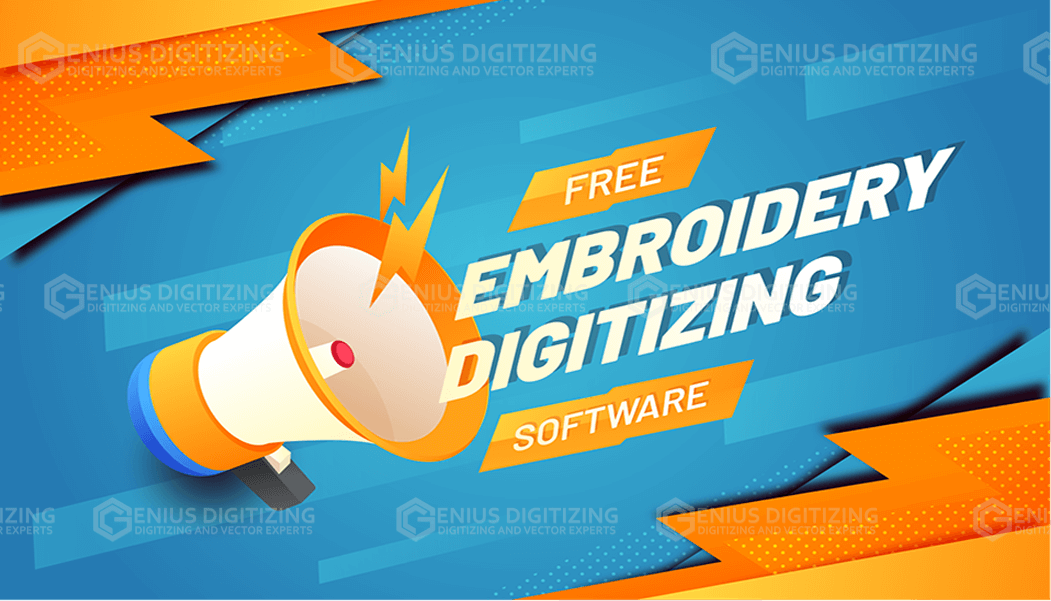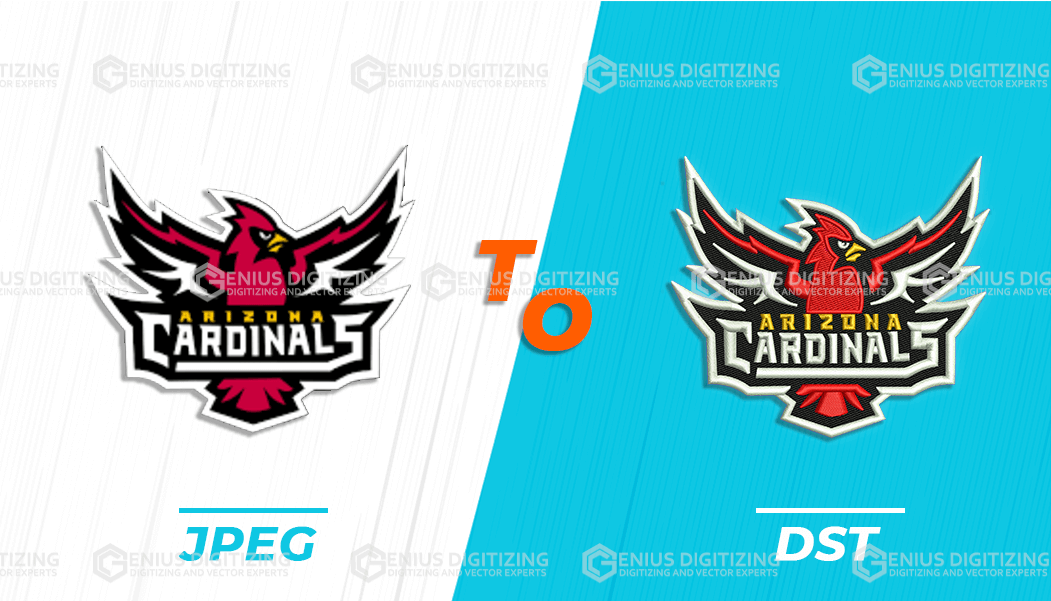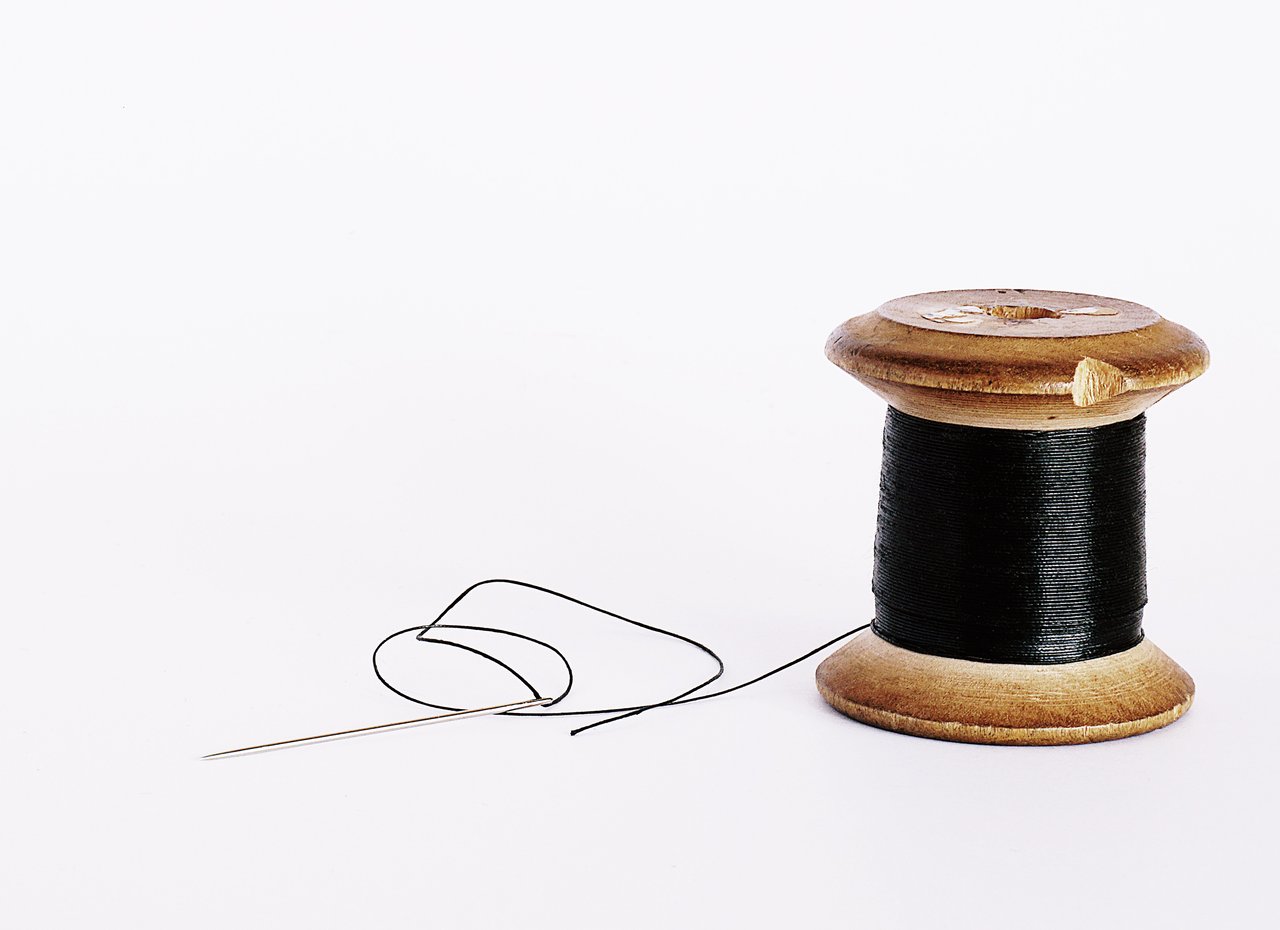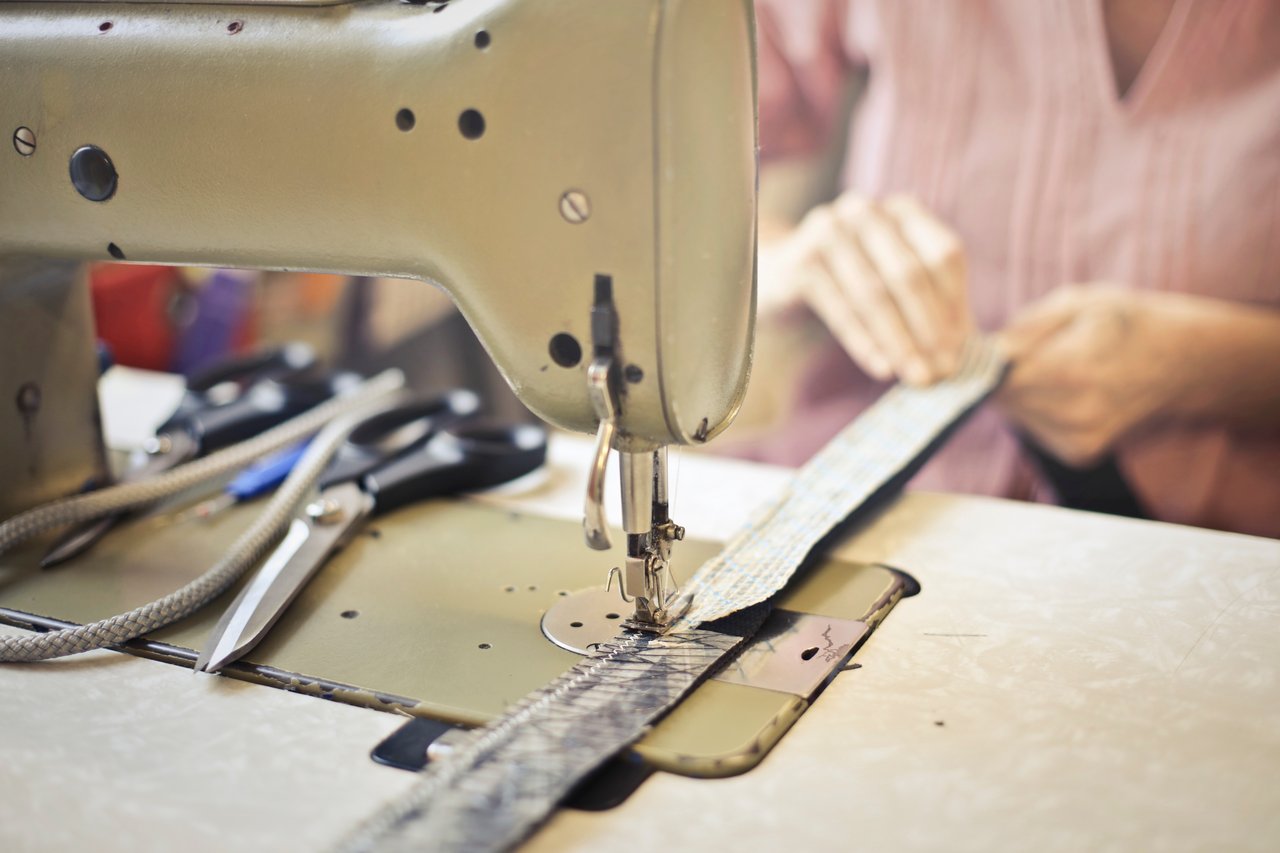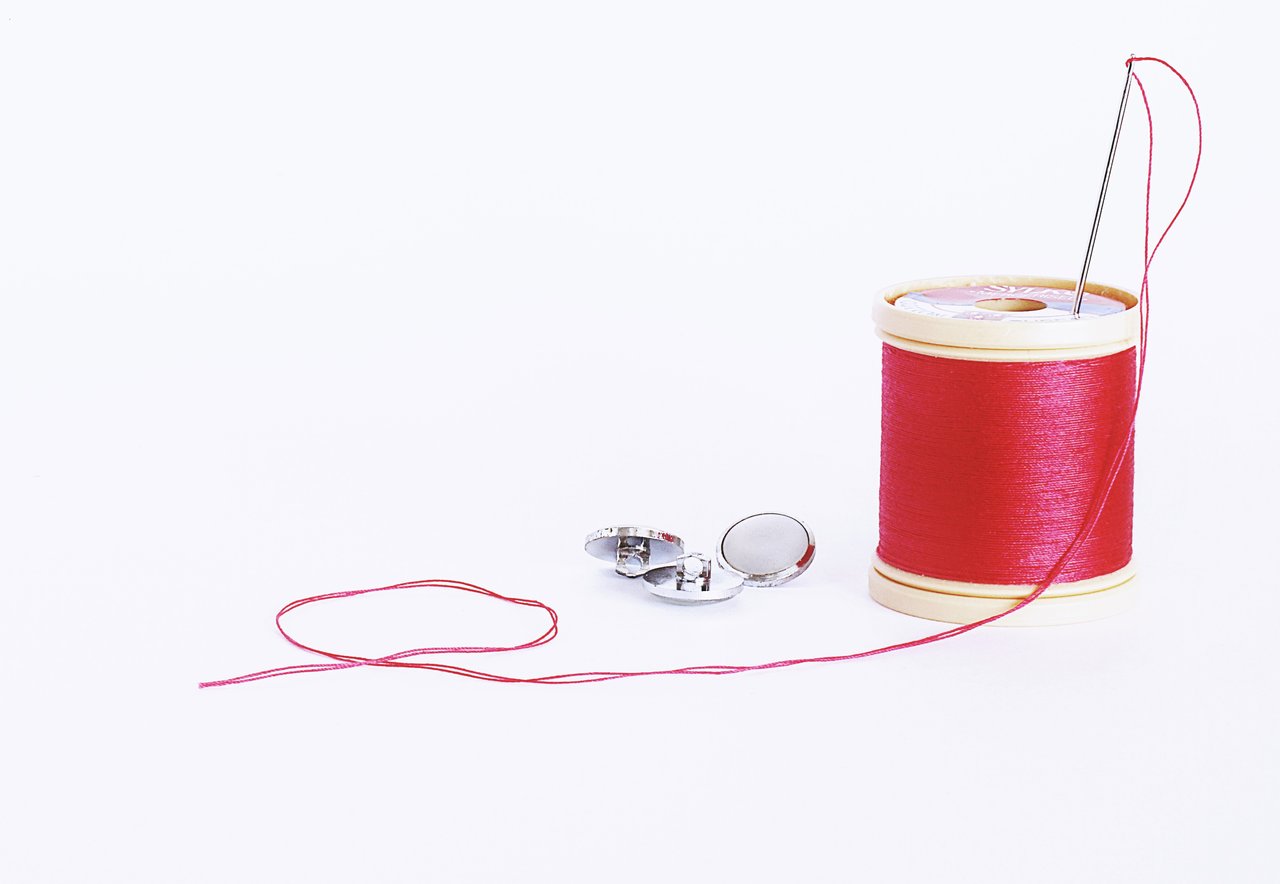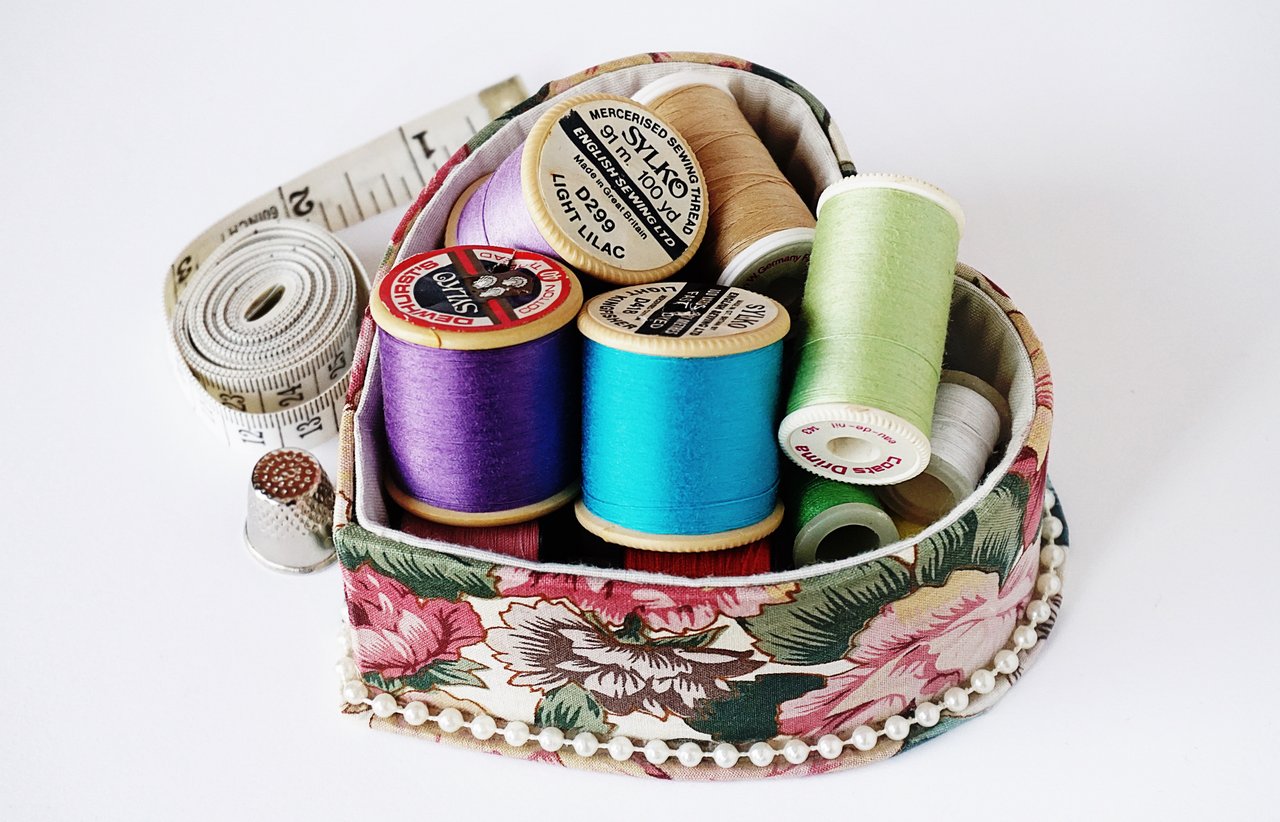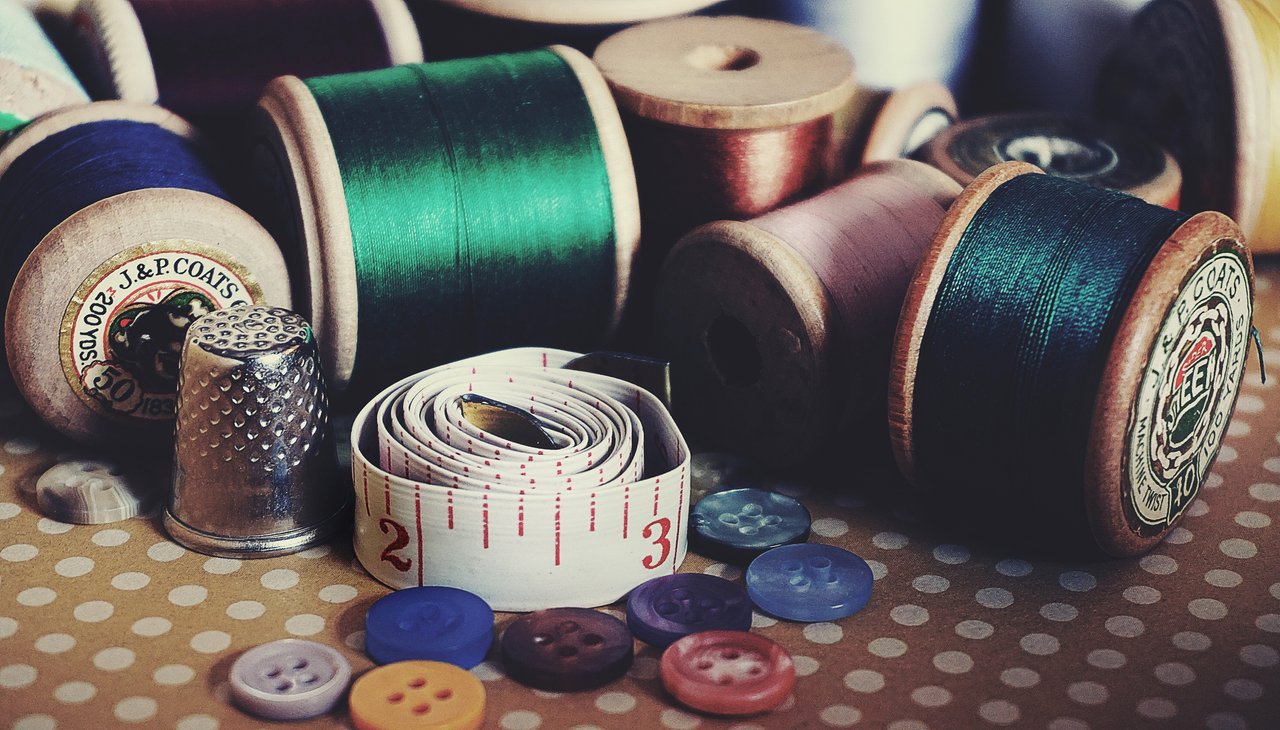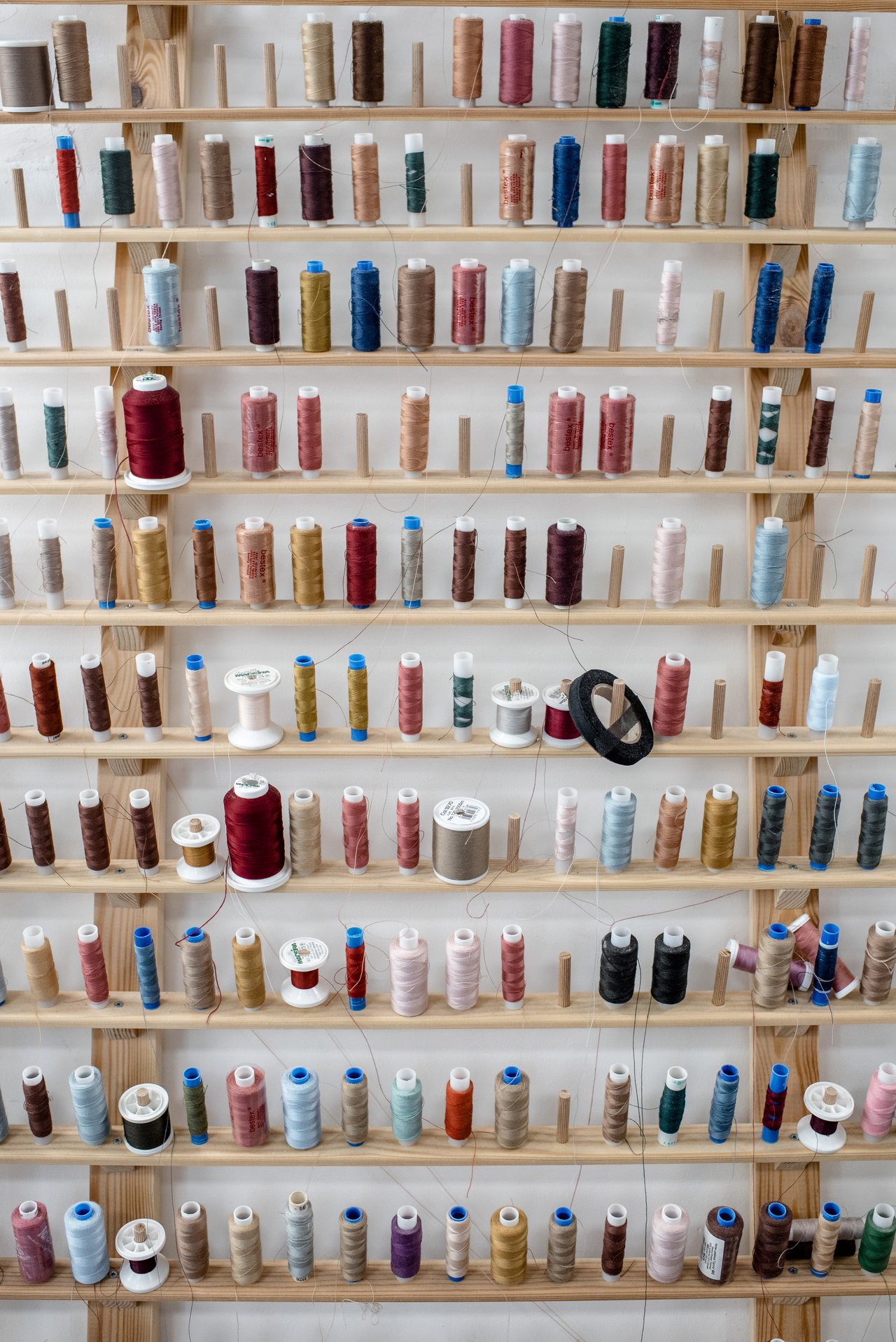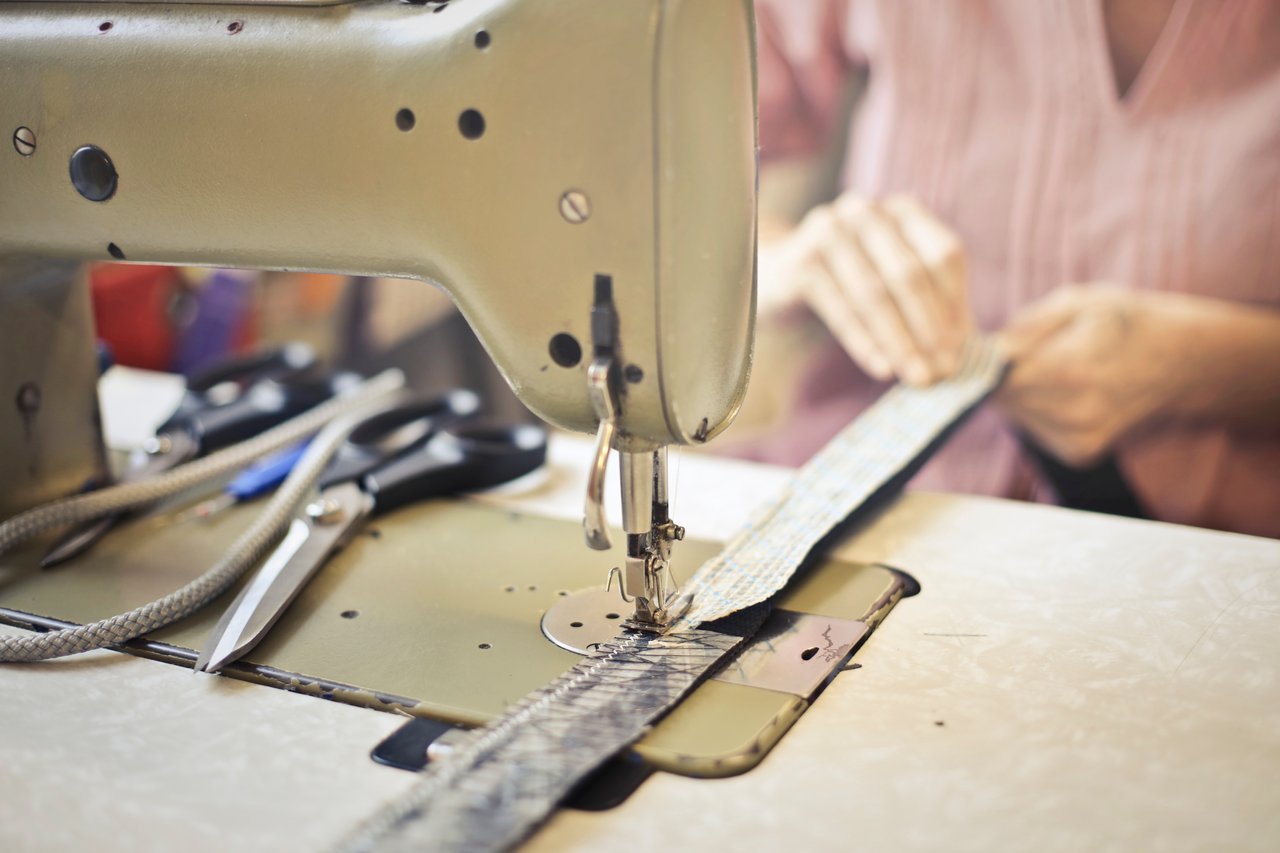Guide to Embroidery Digitizing for an Embroider
A lot of people might not know about the latest technologies like embroidery digitizing services or what is embroidery digitizing service? Digitizing is the process of converting a file into a set of instructions that the embroidery machine can understand and interpret to implement. Then this machine will sew threads in a specific pattern. The key to modern embroidery is embroidery digitizing. The new and improved implications of digitizing services make it so much more useful for fashion designers, embroiders, tailors, etc. A sewing machine requires a file of designed sequence to digitize that print into apparel design. So, embroidery software like sewing machines will need digitizing to implement your designs. Many huge brands apply this technique to brand their logos or perhaps design their products. However, if you do not know very little about digitizing services then perhaps a few of these instructions will be able to help you better implement it:

Underlay:
This is the most important part of all kinds of digitizing. It is the basic foundation of all the future embroidery stitches that you will apply to your garment. These are the special stitches that will hold your fabric to the garment and hold the entire design together. A professional will know to spend the majority of their time trying to perfect this part of the stitching service. The stitches of this stage must be tightly wound. They are the basic fibers of the garment that the entire design is based on.
Path:
A digitizer or embroider will determine the path of the embroidery. It is essential that if you are a novice digitizer then you must not experiment with the direction of the stitches. This will also let the machine know the starting and stopping point of the entire design. Besides, it also determines the density of stitches that each design would have and at what parts would this density increase like the center of the design and which part would it decrease like the borders of the design. If these proper instructions are not given to the machine then your embroidery patches might be too messed up by the end of it.
Pull Compensation:
Pull compensation is the method by which different fabric types are maintained. Adjusting this according to the fabric type is important if you want to maintain the pull comp. fabrics like leather are not as adjustable as other fabrics like polyester or spandex. Adjusting the pull comp allows you to sew properly across different fabrics.
Stitch Types:
A Hatch embroidery machine will also need a stitch pattern that will be defined in the set of instructions on the file. A run stitch is a type of stitch that is continuous with the width of the thread. This kind of stitch is used for places in a design that require much thinner stitches like the labeling, the borders, and much more. The satin stitch is the exact opposite of this kind of stitch. These different stitches can be used strategically in design and implemented in hatch embroidery to improvise the design of your garments. The instructions in a digitized file are very specific for each garment down to even the kind of equipment that needs to be used so that you can make full use of digitizing in embroidery. Many digitizing services have free digitizing software installed into the equipment that they buy.
If you are looking for a digitizing service that will give you professionally digitized embroidery with affordable prices and faster delivery with excellent customer service and efficiency then Genius digitizing is the perfect digitizing service for you.


